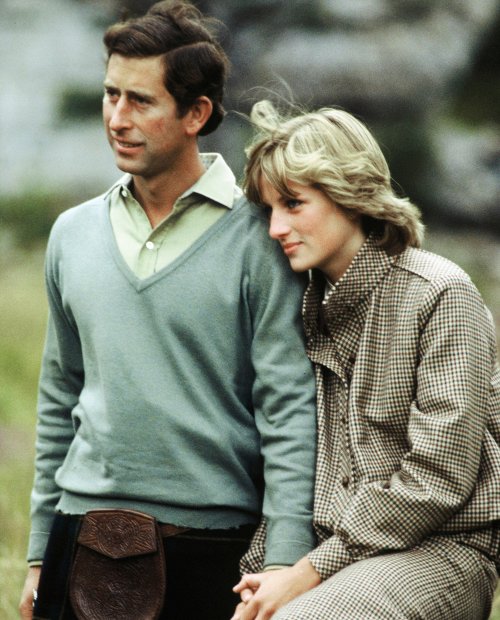

It was only after a letter from Prince Philip instructing him on what to do that he made his decision. Prince Charles soon went on to meet Diana at a party at Petworth House but was reportedly conflicted over feelings he had for both her and Camilla. The Prince of Wales and Duchess of Cornwall are pictured arriving at the Ascot Racecourse in Ascot, England on Nov. It appears he eventually realized his folly.Prince Charles was reportedly encouraged to cheat with Camilla Parker Bowles by his father, Prince Philip. In trying to get his side of the story out and understood, Prince Charles had damaged his relationship with his family and tarnished his public image.

In retaliation, she leaked photos to News of the World showing her and Charles happily playing on a Bahamian beach during a trip to Eleuthera in 1982.

CHARLES PRINCE OF WALES CHEATING ON DIANA FREE
I’ve never made any comment about any member of the family in 40 years and I’m not going to start now…If I wasn’t occupying the position I do, I would feel very free to discuss this, but I don’t think it’s fair for me to give my views.”Īccording to Brown, Diana also fought back against Dimbleby’s claim that Charles never loved her. “You’ll just have to read it and make your own conclusions. Philip was particularly furious and uncharacteristically responded when confronted by the press about the autobiography, according to United Press International: “I’ve never discussed private matters and I don’t think the queen has either,” he said. “When asked about the controversy, the Queen Mother signaled her disdain with a wave of her hands and exclaimed, ‘That Jonathan Dimbleby!’” Bedell Smith writes. All three of his siblings reportedly confronted Charles over the book, with Princess Anne exclaiming publicly that the assertion that the queen was not caring was “just beggars’ belief.” It is bleak irony that the man who would be king has himself contrived to provide the greatest impediment to his ever ascending the throne.”Īccording to Bedell Smith, the book’s characterizations hurt his parents and angered his siblings. “The ‘authorized’ biography of the Prince of Wales is a disaster for the queen, the duke, the House of Windsor, and all who sail in that leaky barque. “They’re tolling the bells at Buckingham Palace,” The Guardian wrote.

In her review for the Los Angeles Times, “The Bottom of the Royal Barrel,” critic Margo Kaufman eviscerated both Dimbleby’s autobiography and Morton’s sycophantic follow-up, Diana: Her New Life, while Michiko Kakutani of The New York Times wrote, “If you didn’t know the names of the famous ex-couple portrayed in these two books, you’d think they were just another pair of guests on Oprah or Donahue: victims of dysfunctional families and a bad marriage, who are given, alternately, to bouts of self-pity and New Age searches for meaning and self-esteem.”īut more ominously for the crown, the press also started to question Charles’s fitness to be king. The Guardian called it “a foolish and sorry authorized version,” and the Daily Mirror labeled it “the prince’s crowning act of treachery.” Reviews of the autobiography were scathing, as its contents were called the whining complaints of an out-of-touch, privileged man. According to Dimbleby, once they were married, Charles discovered his young wife was a bulimic who indulged in “self-pity” and mercilessly ridiculed him. In the book, Dimbleby described Charles as “an individual of singular distinction and virtue.” He also claimed that Charles had been pressured to marry Diana by his father, and would have been happier as a bachelor if he had not had to produce an heir to the throne. In addition to sitting down for private interviews, Charles had given Dimbleby access to his numerous diaries and letters. But worse was to come on November 4, 1994, when Dimbleby’s authorized Charles biography, The Prince of Wales: An Intimate Portrait, was published.


 0 kommentar(er)
0 kommentar(er)
